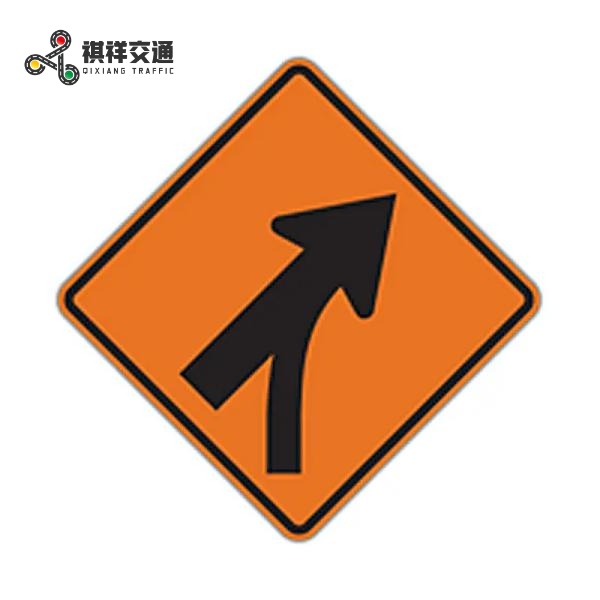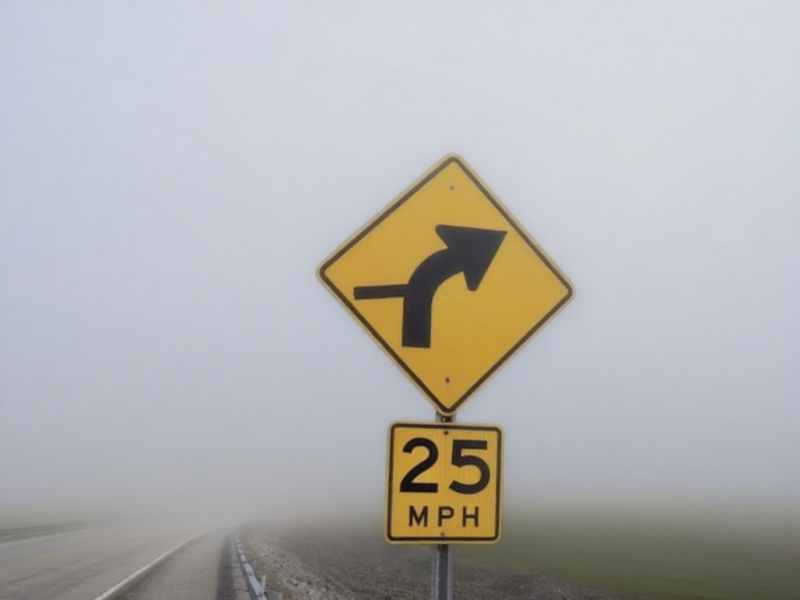In daily life, metal signs play an indispensable role in various fields with their unique functionality and diversity. They not only carry important instruction information, but are also important tools for environmental navigation. Today we will explore in depth the common materials for making signage signs to help you better understand the characteristics and applicable scenarios of various materials.
 As an experienced metal sign manufacturer, Qixiang has a good reputation. Over the years, from traffic signs on municipal roads to guide signs in scenic spots, from safety warning signs in industrial parks to guide systems in commercial blocks, we have delivered products that can withstand the test to every customer with solid materials, fine craftsmanship and designs that meet the needs.
As an experienced metal sign manufacturer, Qixiang has a good reputation. Over the years, from traffic signs on municipal roads to guide signs in scenic spots, from safety warning signs in industrial parks to guide systems in commercial blocks, we have delivered products that can withstand the test to every customer with solid materials, fine craftsmanship and designs that meet the needs.
1. Aluminum signs.
Aluminum is a lighter metal with very strong plasticity, which is easy to grind, cut, and perform corresponding mechanical operations. And aluminum signs have a strong metallic luster, which is suitable for distribution in some high-end places as signs. There are many processes for making aluminum signs. Stamping is used to transform the appearance of aluminum signs, and high-gloss technology is used to polish aluminum signs, so that aluminum signs have good brightness, like a mirror. This reflects its important role at night, and can provide luminous function.
2. Stainless steel signs.
In contrast to aluminum signs, stainless steel signs have strong rigidity, and high strength also reflects its value. They are often used in outdoor scenes where they may be subjected to strong external forces. There are many types of stainless steel, and different types have different strengths and plasticity. And stainless steel signs are also often used for equipment nameplates of mechanical manufacturers, because mechanical equipment may encounter very high temperatures when working, so the high melting point of stainless steel comes in handy.
3. Copper signs.
The copper sign itself has a golden or bronze color, which is why many manufacturers need it. For example, medals, gold medals, and related anti-gold crafts and artworks. In the process of sign production, a lot of processes will be used to transform the copper sign, bright colors, etc.
At present, most traffic signs are made of aluminum alloy plates, which have many advantages.
1. Aluminum plate traffic signs are easy to process. Aluminum plate traffic signs are free of welding, easy to cut, and easy to stamp, which can meet the needs of special processes of aluminum plate signs.
2. Aluminum plate traffic signs are brightly colored and not easy to fade. Traffic signs use powder coating to make aluminum plates, which makes the signs bright and durable.
3. As a non-magnetic body, aluminum plate signs will not cause external interference to instruments and equipment.
4. Aluminum plates are relatively light in weight. Aluminum plate signs will not only not increase the weight of the equipment, but also save costs.
5. Aluminum plates have good oxidation resistance and corrosion resistance. They can form a hard and dense oxide film on the surface of aluminum and its alloys. Many substances will not corrode it, and they have excellent durability even in harsh environments.
6. The surface of aluminum plate traffic signs is treated with electrostatic spraying. After being cleaned with rain water guns, the appearance can be as good as new.
7. Traffic signs generally do not require welding, avoiding the disadvantage of aluminum plates being easy to open.
The above is the relevant content introduced by metal sign manufacturer Qixiang. If you are interested, please contact us to learn more.
Post time: Jul-09-2025







